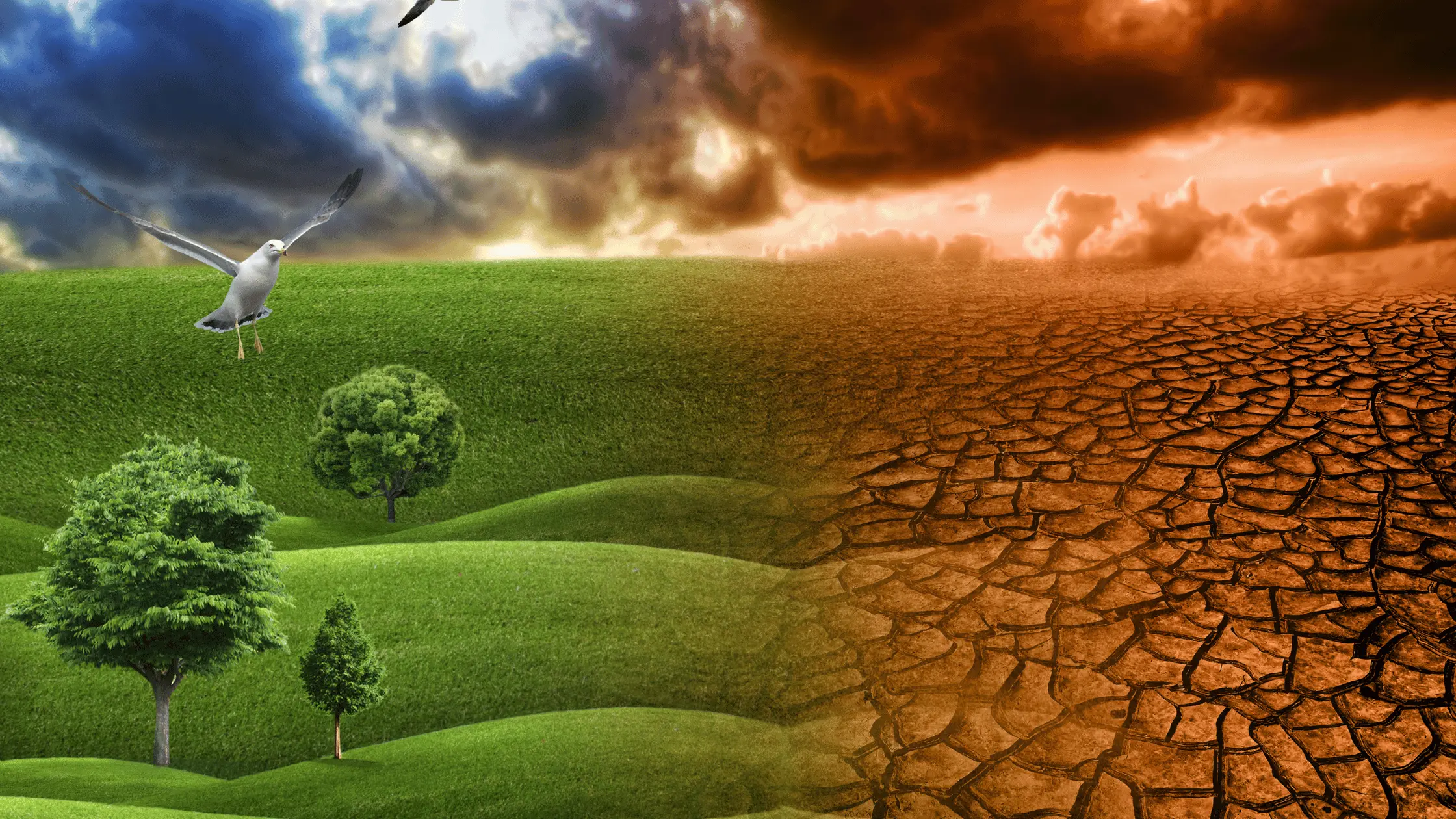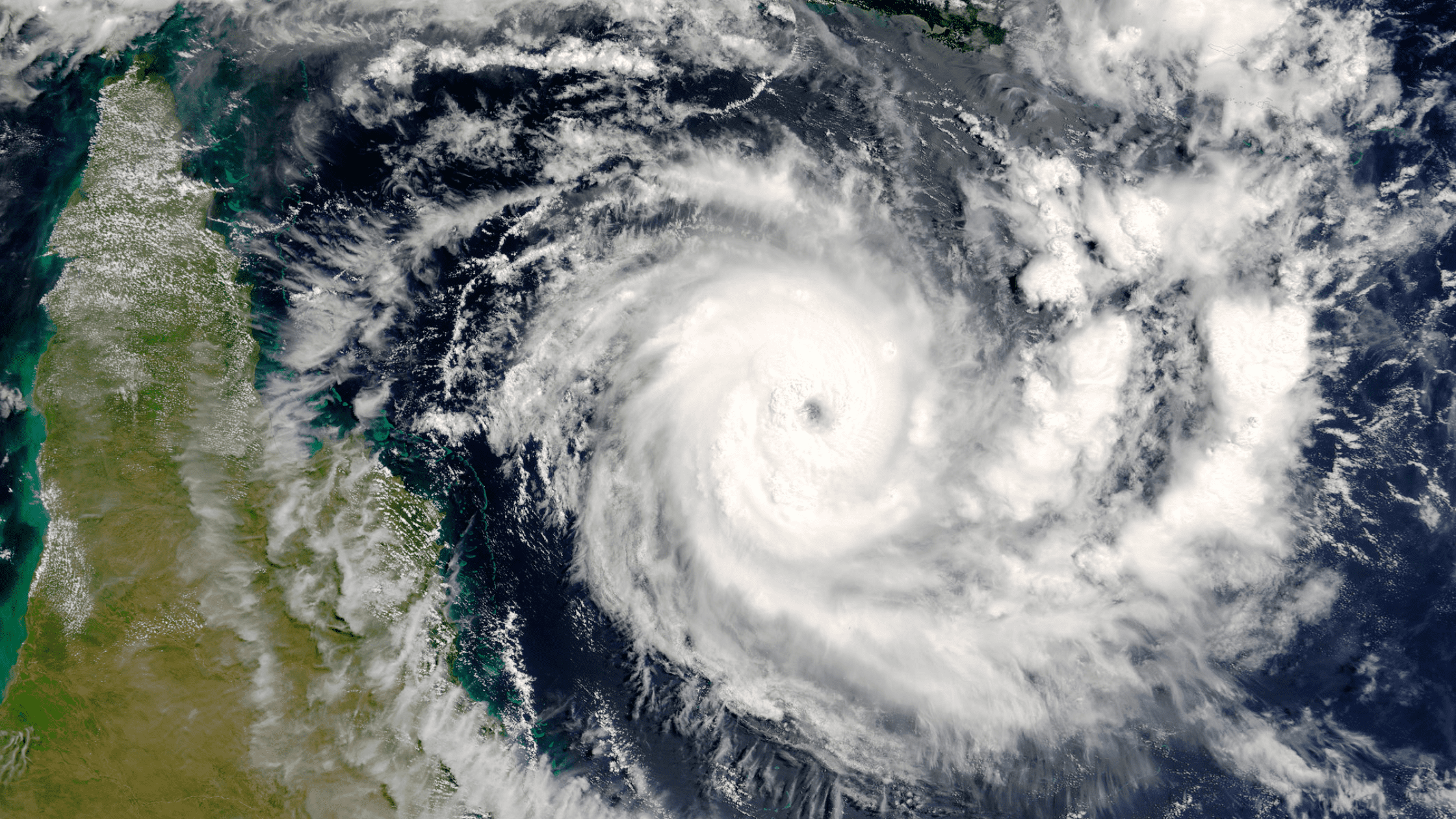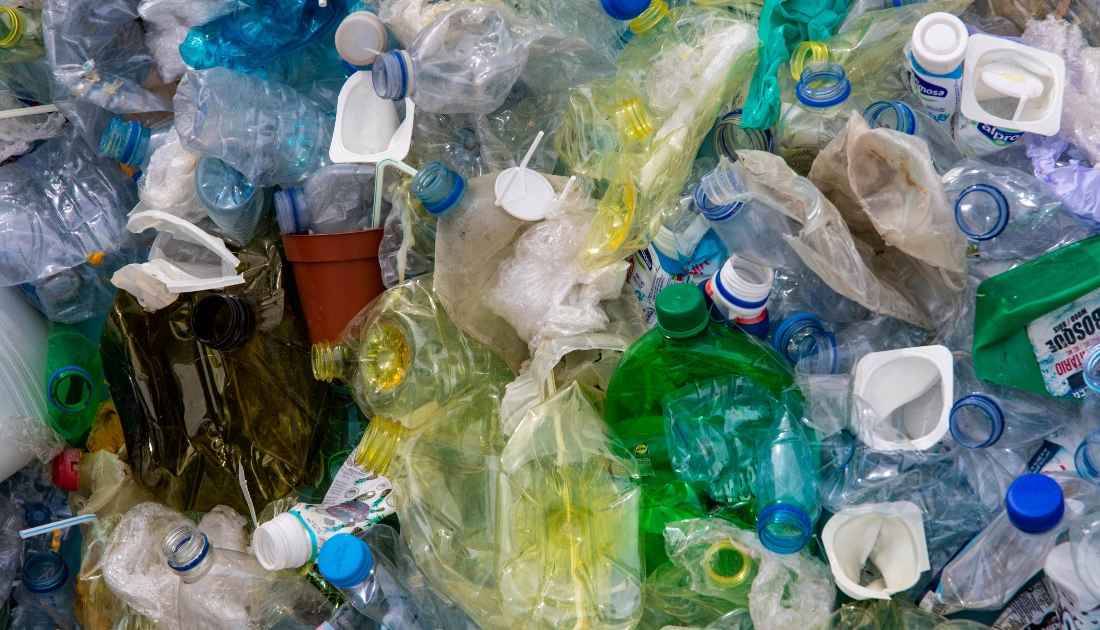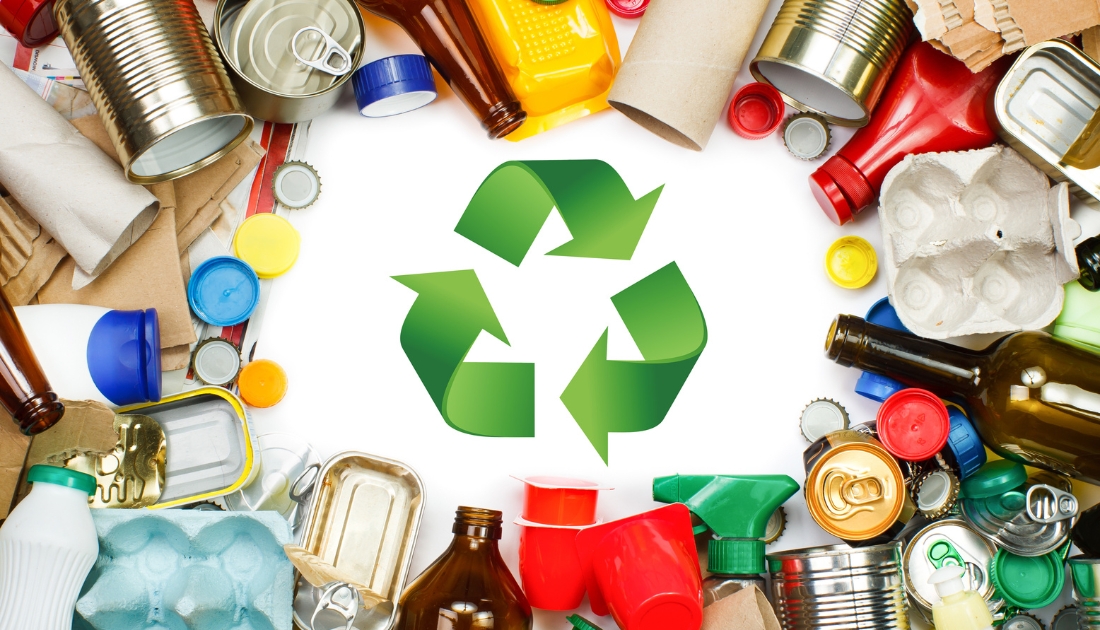Water pollution in India is an alarming issue that continues to affect millions of people across the country. With rivers, lakes, and groundwater sources polluted by various factors such as industrial waste, untreated sewage, and agricultural runoff, India is facing a severe water crisis. The pollution of water bodies not only harms the environment but also poses a significant threat to public health. In this comprehensive blog post, we will explore the history, causes, and impact of water pollution in India, focusing on a timeline that highlights when water pollution became a major problem.
The Growing Crisis of Water Pollution in India
Water is a vital resource for all life forms. However, over the years, human activities have led to the contamination of water sources, making them unsafe for consumption. India, with its dense population and rapid industrialization, faces some of the worst water pollution challenges in the world. The contamination of rivers, lakes, and groundwater affects not only the environment but also millions of people who rely on these water sources for drinking, irrigation, and industrial purposes.
When Did Water Pollution Become a Major Problem in India?
Water pollution in India can be traced back to the early days of industrialization. However, it was in the late 20th century when the problem began to escalate, primarily due to unchecked urbanization and industrial development. Over the past few decades, India has witnessed a surge in water pollution, affecting almost all of its major rivers, including the Yamuna, Ganga, and Godavari.
Water Pollution in India with Timeline: Key Milestones
1947-1970s: Early Signs of Water Pollution
- After India gained independence in 1947, rapid industrialization and urbanization began to take place. The effects of these activities on water bodies were not immediately evident, but with the growth of industries and the increase in population, water bodies in urban areas started to show signs of pollution.
- During this period, the focus was largely on agricultural development, and issues like water pollution were not prioritized.
1980s: Recognition of the Issue
- By the 1980s, water pollution in India had begun to catch the attention of environmentalists and policymakers. The Yamuna River, which flows through Delhi, became one of the first major rivers in India to suffer severe pollution due to industrial effluents and untreated sewage.
- In 1986, the Government of India established the Central Pollution Control Board (CPCB) to monitor pollution levels and provide guidelines for pollution control across the country.
1990s: Growing Awareness and Action
- The 1990s saw increased awareness about water pollution due to growing media coverage and environmental activism. Several rivers, including the Ganga, which holds immense religious significance, were found to be heavily polluted.
- In 1991, the National River Conservation Plan (NRCP) was launched by the government to tackle the pollution in major rivers like the Ganga and Yamuna.
- Despite these efforts, the pollution levels continued to rise, especially in urban areas where untreated sewage was being dumped directly into rivers and lakes.
2000s: Intensification of the Crisis
- The 2000s witnessed a significant intensification of the water pollution crisis. Industrial waste, agricultural runoff, and untreated sewage were found to be the primary contributors to water contamination.
- The famous “Ganga Action Plan,” launched in 1986, was seen as a failure in the 2000s due to a lack of proper implementation and political will. Similarly, the Yamuna River continued to deteriorate in terms of water quality, with a significant amount of sewage and industrial waste being discharged into it.
2010s: Acknowledging the Urgency of the Problem
- During the 2010s, India saw a significant shift in how water pollution was being handled. Environmentalists, activists, and even the general public started to demand concrete action from the government to clean up the rivers and water bodies.
- In 2014, the Namami Gange program was launched to rejuvenate the Ganga River and curb pollution. Similarly, the Swachh Bharat Abhiyan (Clean India Mission) launched in 2014 aimed at improving sanitation and reducing sewage discharge into water bodies.
2020s: Ongoing Challenges and Solutions
- As of today, India still faces the severe challenge of water pollution, particularly in its major cities. Despite government initiatives like the Namami Gange program, much remains to be done.
- The contamination of rivers, lakes, and groundwater is a major concern, especially in cities like Delhi, Varanasi, and Kanpur, where untreated sewage, industrial effluents, and solid waste are dumped into the water bodies.
- The need for sustainable water management practices, better waste treatment infrastructure, and stricter enforcement of environmental laws has never been more critical.
Also Read:- How Industrial Pollution Impacts our Environment
Major Causes of Water Pollution in India
Water pollution in India has been caused by a variety of factors. Some of the most significant contributors include:
Industrial Waste

India’s rapid industrialization has led to an increase in the discharge of harmful chemicals and untreated industrial effluents into water bodies. Many industries, particularly textile mills, paper factories, and tanneries, release toxic substances like heavy metals, dyes, and chemicals into rivers, lakes, and groundwater.
Untreated Sewage

The improper treatment of sewage has been one of the primary contributors to water pollution in India. In cities across the country, untreated sewage is directly dumped into rivers and lakes, contaminating the water and harming aquatic life.
Agricultural Runoff
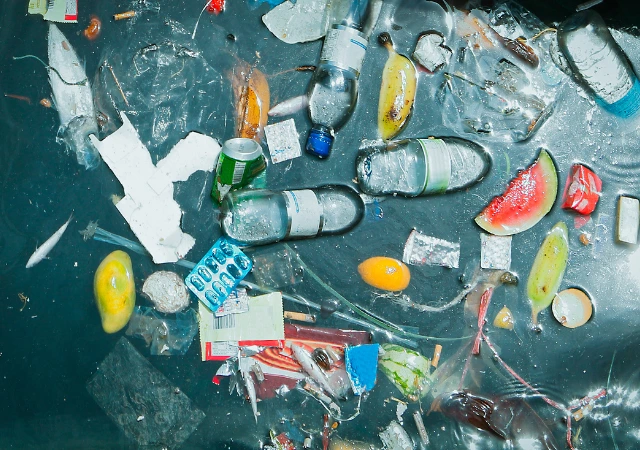
The excessive use of chemical fertilizers and pesticides in agriculture has led to contamination of groundwater and water bodies. When it rains, these chemicals are washed into nearby rivers and lakes, further polluting the water.
Solid Waste and Plastic Pollution
Improper waste management and the increasing use of plastics have contributed to water pollution. Plastic waste, in particular, has become a major problem, as it does not decompose and ends up in water bodies, harming marine life and polluting the water.
The Impact of Water Pollution on India
Public Health
Water pollution has significant health consequences in India. Contaminated water is a major cause of waterborne diseases such as diarrhea, cholera, and dysentery. The lack of access to clean drinking water, especially in rural areas, continues to put millions of lives at risk.
Environmental Damage
Water pollution has devastating effects on the environment. Polluted rivers and lakes lose their ability to support aquatic life, and the destruction of aquatic ecosystems affects biodiversity. The pollution of groundwater also threatens agricultural productivity, as contaminated water is used for irrigation.
Economic Losses
Water pollution in India leads to considerable economic losses. The costs of treating water, lost agricultural productivity, and health-related expenses significantly impact the country’s economy. Furthermore, the polluted rivers, which are a source of tourism and religious significance, suffer a decline in tourism revenue.
Also Read:- 5 ways to reduce Water Pollution
Solutions to Address Water Pollution in India
Enhanced Wastewater Treatment
A major step in addressing water pollution in India is the improvement of wastewater treatment facilities. Modernizing and expanding sewage treatment plants in urban areas is essential for reducing the contamination of rivers and lakes.
Strict Enforcement of Environmental Laws
Stricter enforcement of environmental laws and regulations is necessary to prevent industrial waste from being discharged into water bodies. The government must take a firmer stance on penalizing polluting industries and encouraging sustainable practices.
Public Awareness Campaigns
Raising awareness among the public about the importance of water conservation, waste segregation, and pollution control can help reduce the burden on water bodies. Programs that promote responsible water use in both urban and rural areas can go a long way in minimizing water pollution.
Promoting Sustainable Agricultural Practices
Encouraging farmers to adopt organic farming practices and reduce the use of harmful chemicals can help reduce agricultural runoff into water bodies. This can be done through government incentives and education.
Conclusion
Water pollution in India is a crisis that demands urgent action from all sectors of society. The need for sustainable practices, improved infrastructure, and heightened awareness is more pressing than ever. As individuals, businesses, and communities, we can all contribute to cleaner, healthier water bodies.
Let’s take responsibility today, for the water we drink tomorrow. Start by supporting clean water initiatives, reducing waste, and making environmentally conscious choices. Together, we can turn the tide on water pollution in India.
Join the movement for cleaner water – Share this message, spread awareness, and take action today! 💧🌍
Want to make a real impact? Start by learning how you can conserve water in your daily life and encourage others to do the same!

